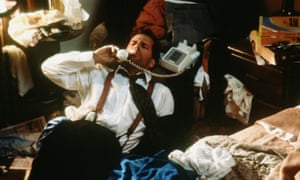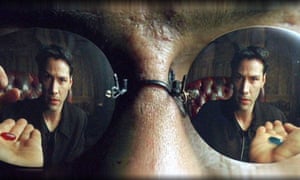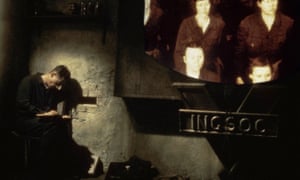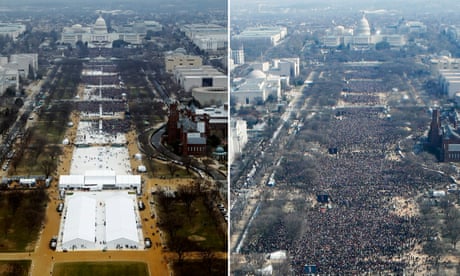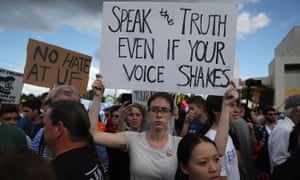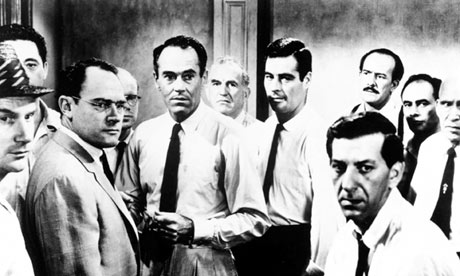Some 300 years ago the age of reason lifted Europe from darkness, ushering in modern science together with modern scientific attitudes. These soon spread across the world. But now, running hot on its heels is the age of unreason. Reliance upon evidence, patient investigation, and careful logic is giving way to bald assertions, hyperbole, and blind faith.
----For an alternative perspective view
The day the Universe Changed
---
----For an alternative perspective view
The day the Universe Changed
---
Listen to India’s superstar prime minister, the man who recently enthralled 20,000 of his countrymen in New York City with his promises to change India’s future using science and technology. Inaugurating the Reliance Foundation Hospital in Mumbai two Saturdays ago, he proclaimed that the people of ancient India had known all about cosmetic surgery and reproductive genetics for thousands of years. Here’s his proof:
“We all read about Karna in the Mahabharata. If we think a little more, we realise that the Mahabharata says Karna was not born from his mother’s womb. This means that genetic science was present at that time. That is why Karna could be born outside his mother’s womb.” Referring to the elephant-headed Lord Ganesha, Modi asserted that, “there must have been some plastic surgeon at that time who put an elephant’s head on the body of a human being and began the practice of plastic surgery”.
Whether or not he actually believed his words, Modi knew it would go down well. In 1995, parts of India had gone hysterical after someone found Lord Ganesha would drink the milk if a spoon was held to his trunk. Until the cause was discovered to be straightforward capillary action (the natural tendency of liquids to buck gravity), the rush towards temples was so great that a traffic gridlock resulted in New Delhi and sales of milk jumped up by 30pc.
Once evidence becomes irrelevant, everything becomes possible.
Closer to home: a staggering number of Pakistanis — university science students included — believe that everything from quantum mechanics to black holes and genes were anticipated 1,400 years ago. Darwin’s theory of evolution is roundly rejected even by students and teachers in biology departments. Instead, the common belief is that all of modern science can be extracted by mastering Arabic and interpreting holy texts expertly enough. Forty years ago, when I joined Islamabad University, the chairman of the physics department, a pious man from the Tableeghi Jamaat, had just calculated the speed at which heaven is running away from earth — and found it to be one centimetre per second less than the speed of light. Today TV channels broadcast even more bizarre theories.
Once evidence becomes irrelevant, everything becomes possible. With only preformed notions as guide, outlandish conclusions, offensive to common sense, are frequent. The progress of science may suffer, but society and individuals take the brunt.
Take, for example, the question of whether Ram Janmabhoomi is actually the birthplace of Rama, the seventh avatar of Vishnu. Is this located precisely where Emperor Babar built the now-demolished Babri mosque? No conceivable archaeological evidence can adjudicate the matter. In fact it is impossible to establish on physical grounds the existence of Rama, much less the coordinates of his birthplace. But, the tragic events of Dec 6, 1992, owed to this belief. The scars of that terrible carnage have yet to heal.
Deliberately inflicted psychological scars may be even more unhealable. Terrifying life-after-death experiences are invented to create a passively accepting frame of mind. For decades, one of the most widely read books in Pakistan has been Maut ka manzar — marnay kay baad kya hoga (Scenes of life after death) with horrific episodes created by the author’s fertile imagination. Once considered as creative fiction, such life-after-death works are now becoming part of Pakistan’s mainstream education. Backed by university administrators, teachers and preachers are targeting the youth on campuses across the country.
On Oct 27, the Institute of Business Management in Karachi organised a major event, ‘The last moments — an exclusive insight on the death of a man’. The event’s black-and-white poster seems to be right out of some 1960s’ Hollywood horror movie with hooded, shrouded ghouls slouching across a graveyard. IoBM’s administration sent out official emails asking students to attend. A Saudi-certified professor would answer questions like: “Is life a mere game? Are you prepared for your death? Do you know what it feels at the moment you die? Is Allah pleased with your life?”
Such profound questions are surely best left up to God. A living, breathing, walking, talking professor cannot possibly adduce physical evidence about one’s dying moments. Nor claim to know whether Allah is pleased or angry with an individual. At best he can give his opinion.
I do not know what effect this particular professor had on his audience. But recently a colleague in Islamabad told me that his physics PhD student Mujeeb (not his real name) is behaving very strangely after viewing an after-death movie downloaded from some proselytizing website. Mujeeb now broods incessantly, worries more about death than life, and has almost stopped working.
It is not just South Asia where unreason is on the rise. The United States, the centre of high science, is now struggling with various crackpot anti-science movements. However, determined opposition has kept astrology, creationism, UFOs, magnetic therapy, etc. away from the mainstream.
In India, the battle against Vishwa Hindu Parishad and BJP ideology will be harder. But India has a strong Nehruvian past and Indian rationalists have strongly opposed so-called Vedic mathematics and cosmology, and revamping school curricula. The price has not been small. For example, Dr Narendra Achyut Dabholkar was murdered in Pune almost a year ago. He had helped draft the Anti-Jadu Tona Bill (Anti-Black Magic Bill) which political parties like the BJP and Shiv Sena opposed, claiming it would adversely affect Hindu culture, customs and traditions.
But nowhere in the world has unreason grown faster, and become more dangerous, than in Pakistan and Afghanistan. Polio workers here have shorter lives than soldiers in battle. More importantly, with schools, colleges, and universities actively working to crush young minds rather than enlighten them, this fight against unreason is surely going to be a much tougher one.


